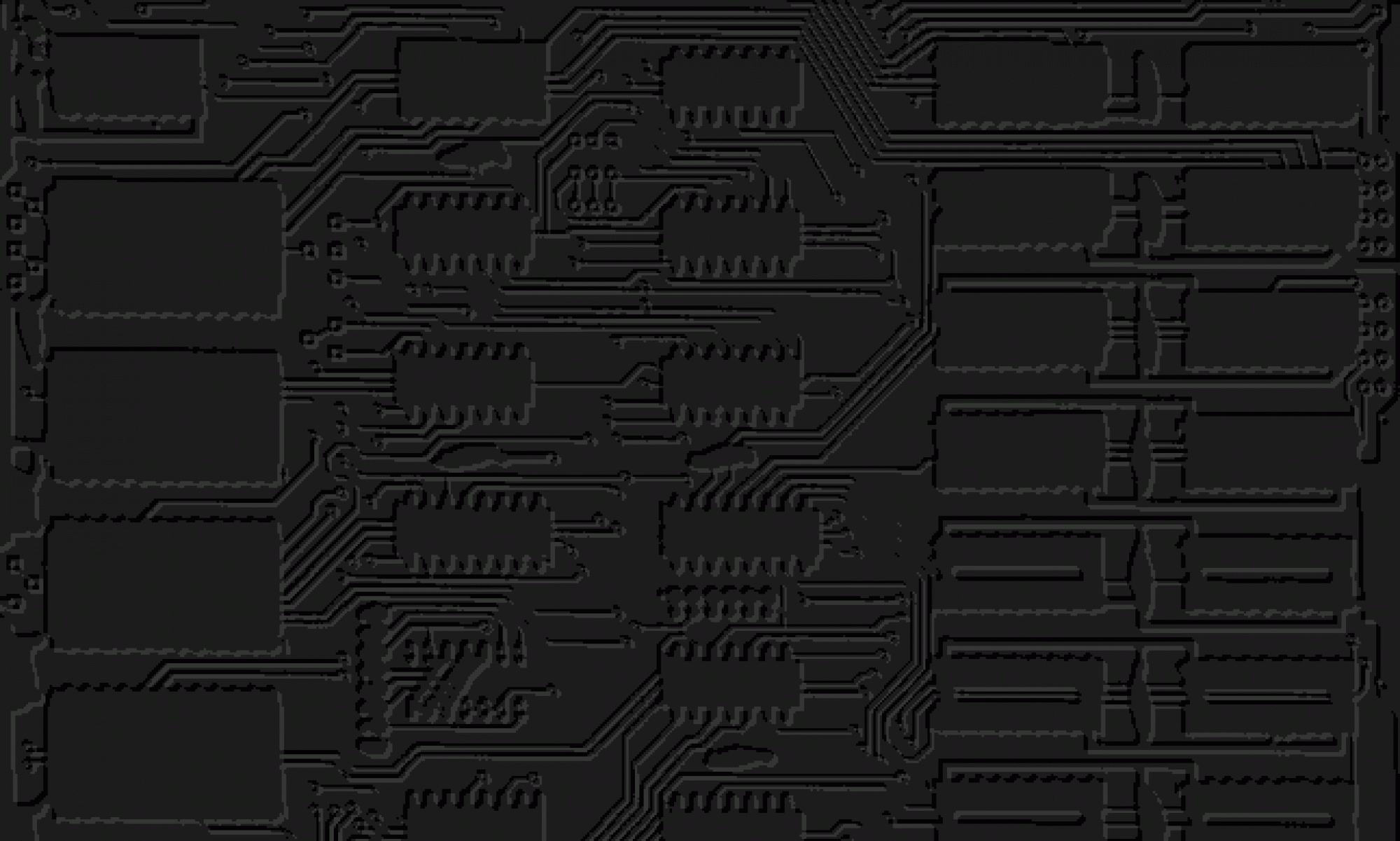I’ve been having some fun. I wanted to install the latest ported versions of Apache and PHP for test purposes, so set the thing compiling. There are a couple of gotchas!
First off, the current ports tree will throw errors on the Makefile due to invalid ‘t’ options and other fun things. That’s because make has been updated. In order to prevent you from using old “insecure” versions of FreeBSD, it’s considered “a good thing” to cause the build to break. I’m not kidding – it’s there in the bug reports.
You can get around this by extracting the new version of make for the 8.4 iso image (oldest updated version) – just copy it over the old one.
Some of the ports also require unzip, which you can build and install from its port in archivers.
Now we get to the fun part – because the current system uses CLANG but some of the ports disagree, when you go to build things like php5_extensions (I think the gd library in particular) it depends gcc, the GNU ‘C’ compiler, and other GNU tools – so it tries to build them. The preferred version appears to be 4.7, so off it goes. Until it goes crunch. On inspection it was attempting to build Fortran at the time. Fortran? It wasn’t obvious why it broke, but I doubted I or anyone else wanted stodgy old Fortran anyway, so why was it being built?
If you look in the config options you can choose whether or not you want Java. (No thanks). But in the Makefile it lists
LANGUAGES:= c,c++,objc,fortran
I’m guessing that’s Objective C in there – no thanks to that too. Unfortunately removing them from this assignment doesn’t solve the problem, but it helps. The next problem will come when, thanks to the new binary package system, it tries to make a tarball of the fortran stuff it never compiled. I haven’t found how this mechanism works, but if you create a couple of empty directories and a an empty file for the man page it’ll proceed oblivious. I haven’t noticed and adverse effects yet.
A final Pooh trap if you’re trying to build Apache 2.4, mod_php5 and php5-extensions is the Zen Thread-Safe options (ZTS). If you’re not consistent with these then Apache/mod_php will fail to load the extensions and print a warning in httpd-error.log. If you build www/mod_php5 you’ll see a warning like:
/!\ WARNING /!\
!!! If you have a threaded Apache, you must build lang/php5 with ZTS support to enable thread-safety in extensions !!!
Naturally, this was scary enough to make me stop the build “make config” to select the option. Unfortunately it’s also an option on lang/php5 and if you didn’t set it there then it’ll go crunch. Many, many thanks to Matthew Seaman from FreeBSD.org, who figured out what I’d done wrong.

